
OR
Opinion
The Maldives-India Face-off Sparks Geopolitical Tensions
Published On: January 23, 2024 07:30 AM NPT By: Loknath Sangroula
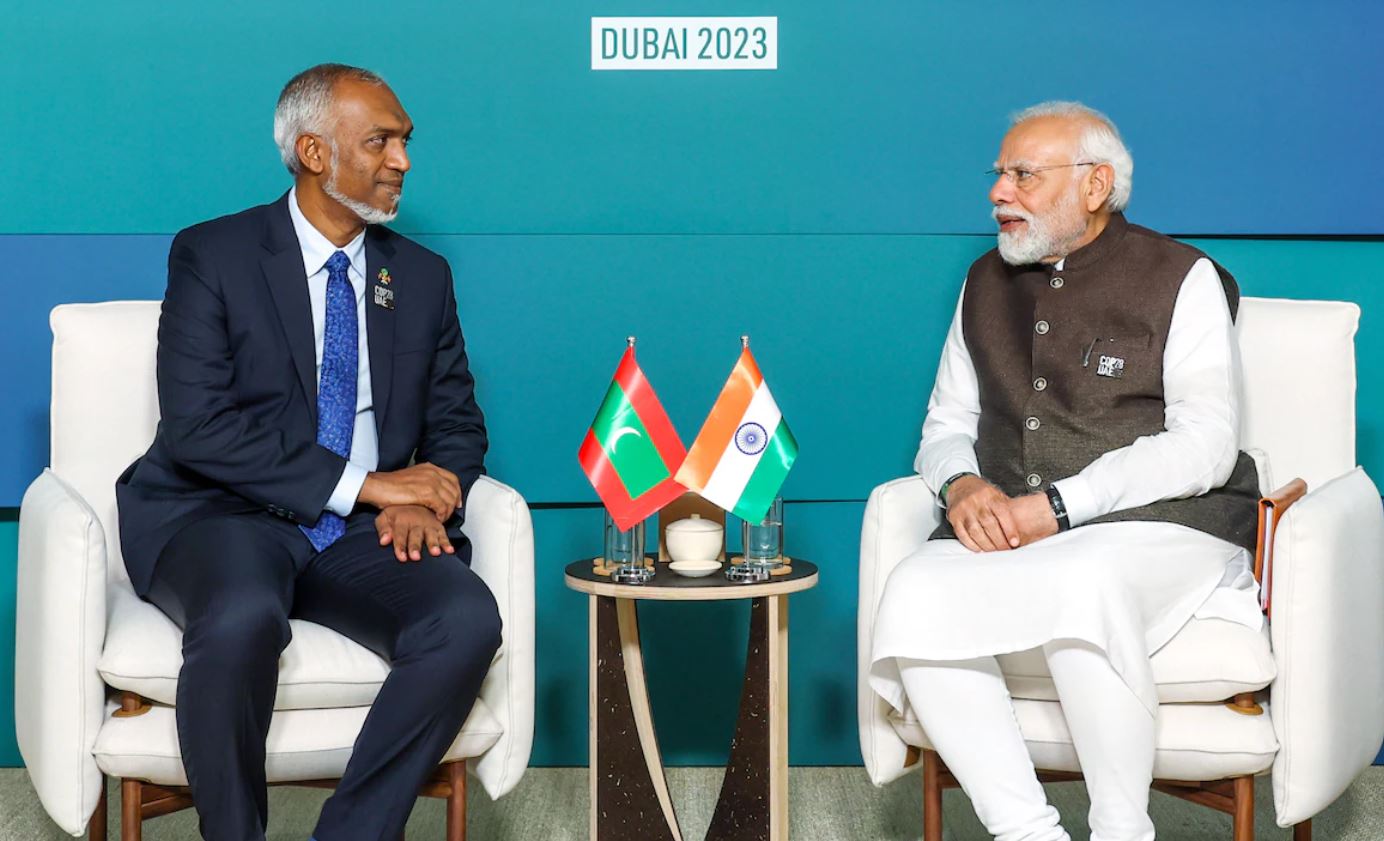
In essence, the Maldives functions as a strategic toll booth in the Indian Ocean, with control over it meaning control over the entire highway.
Muizzu's diplomatic sequence—visiting Turkey, the United Arab Emirates, and then China—is a clearly perceptible departure from the tradition of first visiting India, and it has irked the world's largest democracy.
With the row between India and the Maldives escalating, the contours of geopolitical dynamics in the region are likely to undergo a significant reconfiguration. Recently, the diplomatic ties between the two nations have experienced heightened tensions. During his visit to Lakshadweep on January 2, India’s Prime Minister Narendra Modi emphasized the untapped potential of the region, characterizing it as "full of many possibilities." This visit and statement by Prime Minister Modi occurred in the context of Mohamed Muizzu's victory in the Maldives' presidential elections, which centered on a campaign advocating for distancing from India, referred to as the "India out" stance.
The Maldives, comprising over 1,000 islands across an 800-kilometer stretch in the Indian Ocean, holds significance for both New Delhi and Beijing owing to its strategic position. Located at the southern and northern parts of this archipelago nation are the two important sea lanes of communication (SLOCs), which are critical for maritime trade flow between the Gulf of Aden and the Gulf of Hormuz, and the Strait of Malacca in Southeast Asia. Eight Degree Channel separates Indian Minicoy (part of Lakshadweep islands) from that of the Maldives. Despite the Maldives' limited resources at its disposal, its pivotal location at the epicenter of a burgeoning geopolitical rivalry between China and India for dominance in the Indian Ocean provides it with strategic importance and leverage. A significant portion of both Indian and Chinese oil imports traverses the vicinity of the Maldives. Specifically, a substantial proportion of China's oil imports, particularly from West Asia, relies on this route. Additionally, half of India's overall trade transits through these crucial sea lanes, with a notable 80% of its energy imports being dependent on this maritime passage. In essence, the Maldives functions as a strategic toll booth in the Indian Ocean, with control over it meaning control over the entire highway.
In 2015, India introduced its strategic vision for the Indian Ocean, known as Security and Growth for All in the Region (SAGAR). SAGAR emphasizes the growing significance of maritime security, cooperation, and the shared maritime commons. India aims to enhance economic and security collaboration with its maritime neighbors by assisting in information exchange, coastal surveillance, infrastructure development, and capacity strengthening. Recently, the Maldives and India have witnessed a noticeable strain in their relationship. Three Maldivian government ministers Malsha Shareef, Mariyam Shiuna, and Abdulla Mahzoom Majid, faced disciplinary action for making derogatory remarks against Indian PM Modi on the social media platform X. The comments, which included terms like "clown," "terrorist," and "puppet of Israel," were in response to a tourism promotion video featuring Lakshadweep. The hashtag 'Boycott Maldives' is trending on social media, with politicians, athletes, and Bollywood celebrities joining in the chorus. Despite some celebrities canceling tours due to the Boycott Campaign, within a week, around 1400 Indian tourists reportedly visited the archipelago.
The Maldives has long been an integral part of India’s regional security grid, as evidenced through collaborative efforts between the two nations in various areas, including a joint radar network, reconnaissance capabilities, and joint military exercises such as Ekuverin, Dosti, Ekatha, and Operation Shield. As part of their defense agreement, India has stationed two Dhruv helicopters and a surveillance aircraft in the Maldives, used for ocean search-and-rescue operations, maritime weather surveillance, and for airlifting patients between islands, on a long-term basis. India has played a crucial role in assisting the Maldives, responding to requests during times of need, including operations like Cactus (1988), Neer (2014), and Sanjeevani during the Covid-19 period.
India provides training to the Maldivian National Security Force (MNSF) and meets around 70% of the Maldives' defense training needs. It stands as the Maldives' third-largest trade partner since 2021. In 2023, Indian tourists contributed $380 million to the Maldives' tourism sector, representing 11.2% of the total, which amounted to 1.8 million in the context of tourism accounting for approximately 28% of GDP. However, the island nation grapples with economic challenges as its total debt reaches 110% of the GDP. Annually, Male spends approximately $300 million solely on servicing its debt, a figure projected to rise to $1 billion by 2026. Adding to these financial pressures, Male's foreign exchange reserves experienced a 16% decline in 2023. Further complicating matters, Male holds significant debts to various countries, with China being the largest creditor at $1.3 billion. Additionally, it owes $124 million to Saudi Arabia and $123 million to India. The intricate interplay between tourism revenues, mounting debt burdens, and geopolitical financial dependencies underscores the economic challenges facing Male.
Muizzu's diplomatic sequence—visiting Turkey, the United Arab Emirates, and then China—is a clearly perceptible departure from the tradition of first visiting India, and it has irked the world's largest democracy. Against this backdrop, Male seems to be on a collision course with India. Muizzu's recent directive to remove the Indian army, numbering under 100, by March 15, suggests a more confrontational stance. The Maldives gained independence from British rule in 1965, and India, being the first nation to acknowledge its sovereignty, established diplomatic ties by opening an embassy in Male in 1972. In 1976, both countries successfully delineated their maritime boundaries through mutual agreement. A former Maldivian government servant asserts that frustration with India's military presence traces back to history. Since the withdrawal of British troops in 1976, no external power, except India, maintains boots on the ground despite the policy against military bases in the strategically-located atolls.
The encirclement of India by China is said to have originated in 2004 when the 'String of Pearls' hypothesis emerged for the first time. The term 'String of Pearls' arguably refers to a geopolitical strategy often attributed to China, wherein it seeks to establish a network of military and commercial facilities across the Indian Ocean region. The concept implies that China is strategically encircling India by creating a "string" of naval bases, ports, and economic interests that extend from the South China Sea to the Arabian Sea. Key components of this strategy include the development or acquisition of ports and facilities in locations such as Gwadar in Pakistan, Hambantota in Sri Lanka, Chittagong in Bangladesh, and other strategic points such as Djibouti (Bab-el-Mandeb), Oman (Duqm Port), and Myanmar (Coco islands) in the Indian Ocean.
This strategy aims to enhance China's maritime influence and secure its sea lanes for trade and energy transport. However, China officially denies having any intentions of encircling or containing India through such a strategy. Instead, China emphasizes its focus on economic development, trade, and connectivity in the region. However, concerns and discussions regarding the "String of Pearls" concept persist in the realm of international relations and strategic studies. The geopolitical dynamics in the Indian Ocean, including the development of infrastructure and military facilities by various nations, continue to be the subjects of analysis and debate among scholars and policymakers.
Conversely, India is employing a multi-pronged strategy to counter China's encirclement policy, known as the 'Necklace of Diamonds' strategy—a term first used by India’s former foreign secretary Lalit Mansingh in 2011. The strategy involves the 'Act East' policy, the development of and access to ports such as the Chabahar port in Iran, deep-sea ports in Sabang, Indonesia, and Sittwe, Myanmar, as well as the Changi naval base in Singapore. Additionally, it includes the installation of an extensive Coastal Surveillance Radar (CSR) system, with ten units planned for deployment in the Maldives to track Chinese warships and submarines. India is also deepening defense ties, expanding bilateral relations with South Asian countries, island nations in the Indian Ocean region, and Southeast Asian nations, while conducting regular military exercises with the navies of the USA, Japan, and Australia.
During the visit, Muizzu and Xi Jinping elevated their relationship to a comprehensive strategic cooperative partnership, with the latter referring to the former as an "old friend". The two countries signed twenty agreements covering digital economy, green energy, blue economy, human resource development, tourism, economic development policy, investment cooperation, Belt and Road Initiative, and official media network cooperation. The Chinese companies have invested around 1.5 billion dollars in the Maldives under BRI. In view of its face-off with India, the Maldivian president emphasized boosting Chinese tourist numbers and improving air connectivity. Importantly, China's annual outbound tourists are around 180 million, while India's are about 20 million.
Indian media outlets have been circulating rumors suggesting that a decline in Indian tourist visits to the Maldives would leave the Maldivian economy in ruins. Notably, these outlets avoid explicitly mentioning that the per capita GDP of the Maldives is five times higher than that of India. For perspective, the 2023 Henley Passport Index ranks the Maldives 58th globally, granting visa-free access to 94 countries, while India is ranked 80th with visa-free access to 62 countries.
In conclusion, the geopolitical rivalry between China and India seems poised to intensify rather than witness a let-up in the Indian Ocean waters. The dynamics of this rivalry are coming into play in the Maldives and Lakshadweep. If India, swayed by the hashtag "Boycott Maldives'' campaign trending on social media, loses its composure and continues to antagonize the small island nation with a mere 500,000 population, the world's largest democracy may risk losing its strategic foothold in the Maldives. Time will tell how things will pan out.
You May Like This
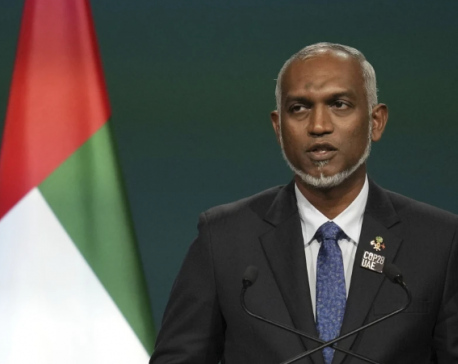
Maldives leader demands removal of Indian military from the archipelago by mid-March amid spat
MALE, Maldives (AP) — Maldives’ President Mohamed Muizzu wants the Indian military personnel stationed in his archipelago nation withdrawn by March... Read More...
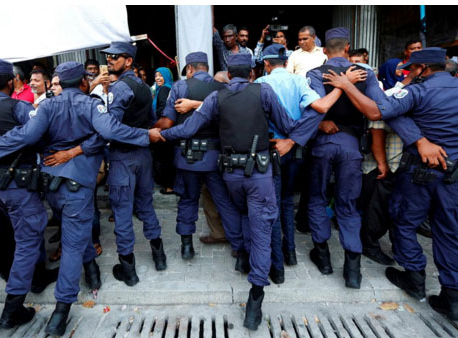
Asian giants China and India flex muscles over tiny Maldives
NEW DELHI/COLOMBO, March 7: A Chinese naval combat force that entered the Indian Ocean for the first time in four... Read More...
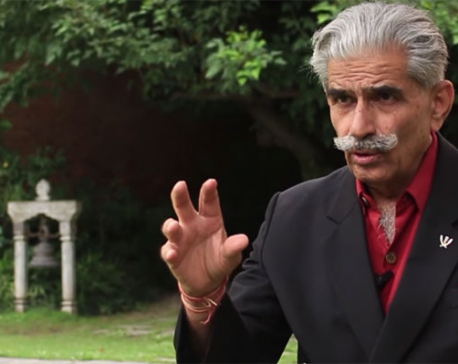
China outrunning India in Nepali politics, India mulling a new strategy
With an unprecedented activeness of China, India seems preparing to counter it. India's Nepal Affairs expert and retired Indian Army... Read More...
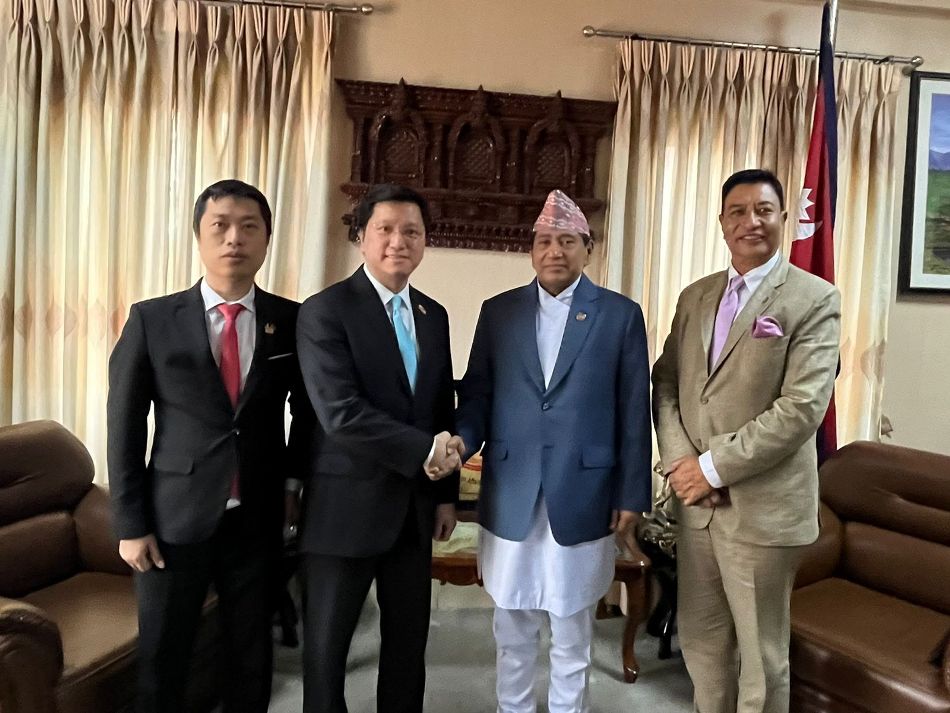

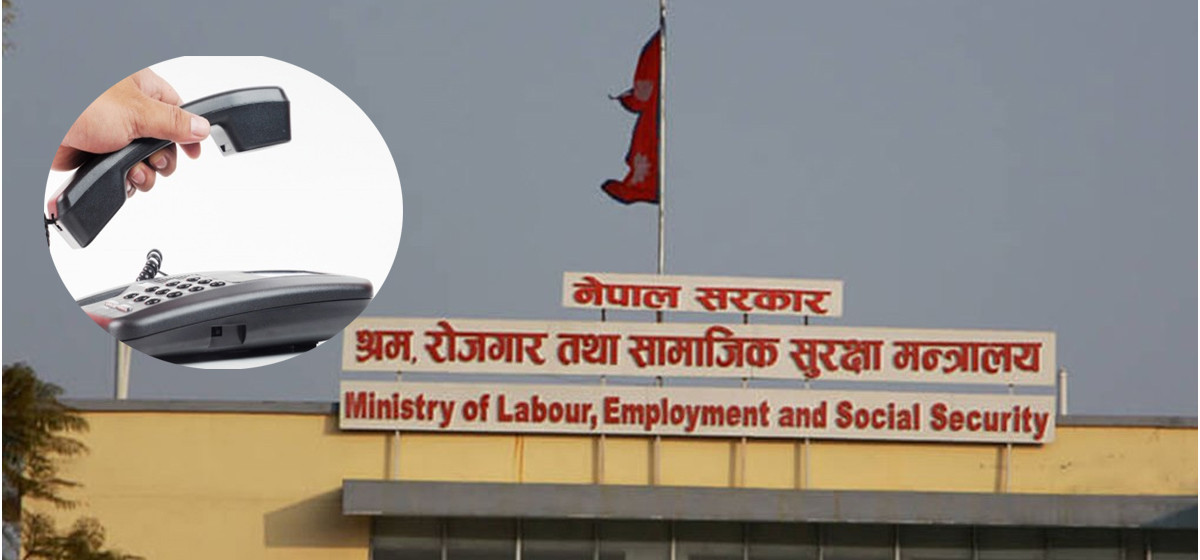
Just In
- Nepal and Vietnam could collaborate in promotion of agriculture and tourism business: DPM Shrestha
- Govt urges entrepreneurs to invest in IT sector to reap maximum benefits
- Chinese company Xiamen investing Rs 3 billion in assembling plant of electric vehicles in Nepal
- NEPSE inches up 0.07 points, while daily turnover inclines to Rs 2.95 billion
- Gandaki Province reports cases of forest fire at 467 locations
- Home ministry introduces online pass system to enter Singha Durbar
- MoLESS launches ‘Shramadhan Call Center’ to promptly address labor and employment issues
- Biratnagar High Court orders Krishna Das Giri to appear before court within one month in disciple rape case








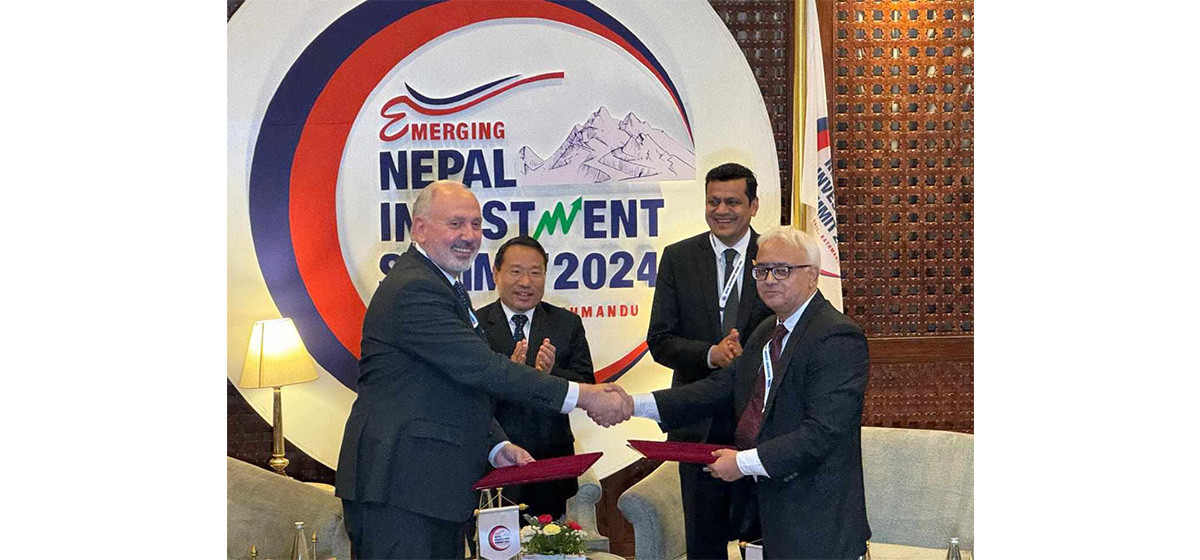
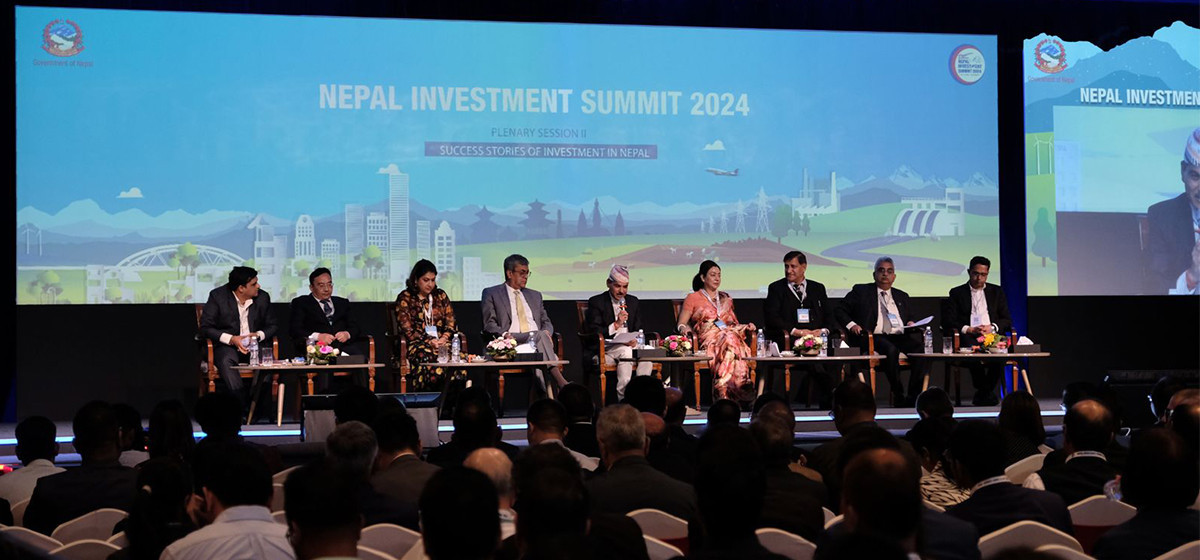


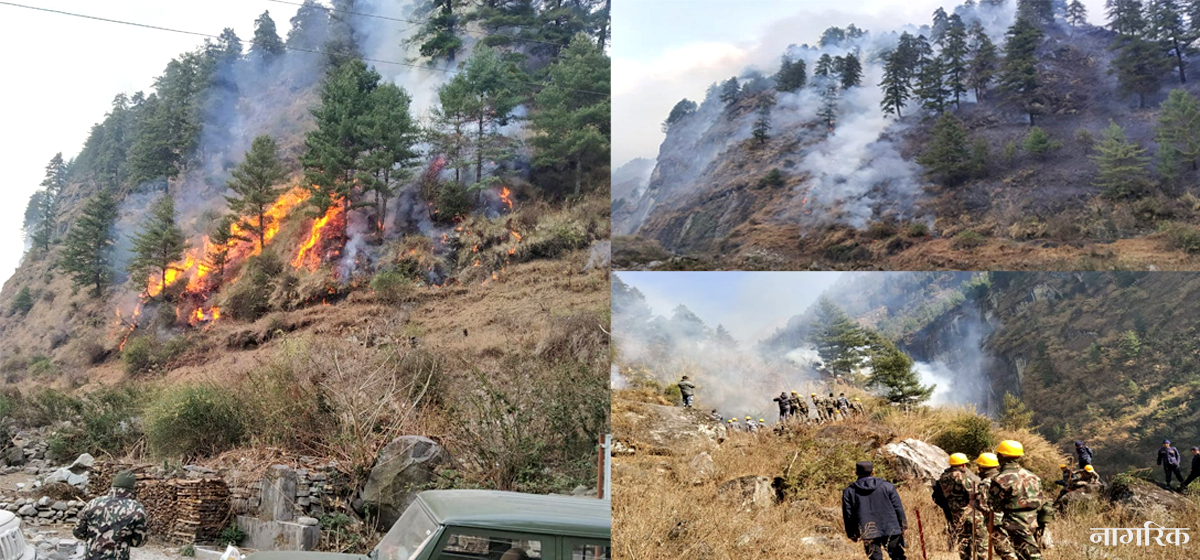

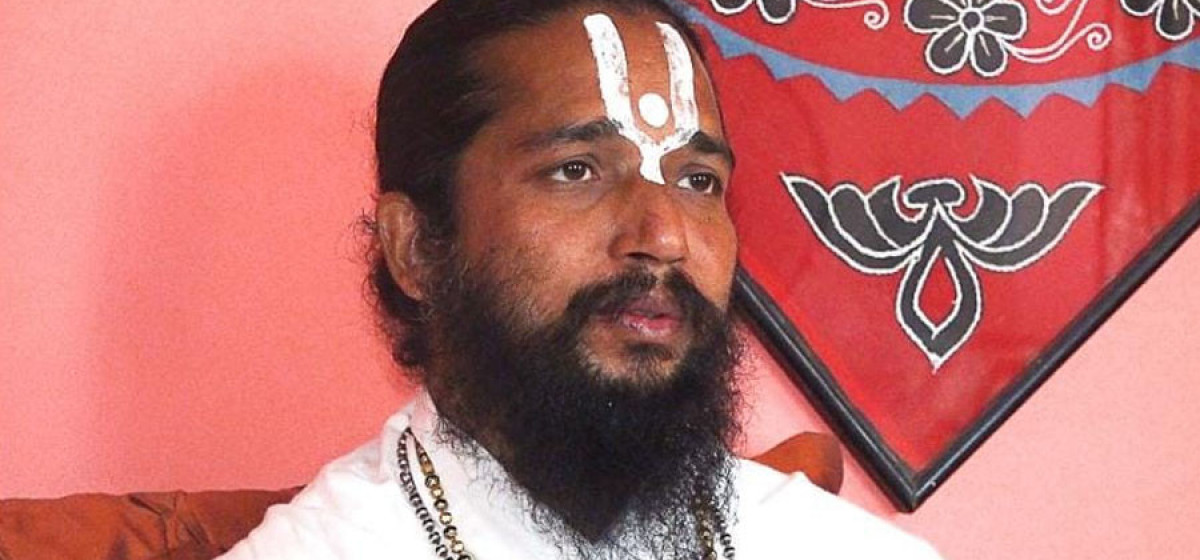
Leave A Comment